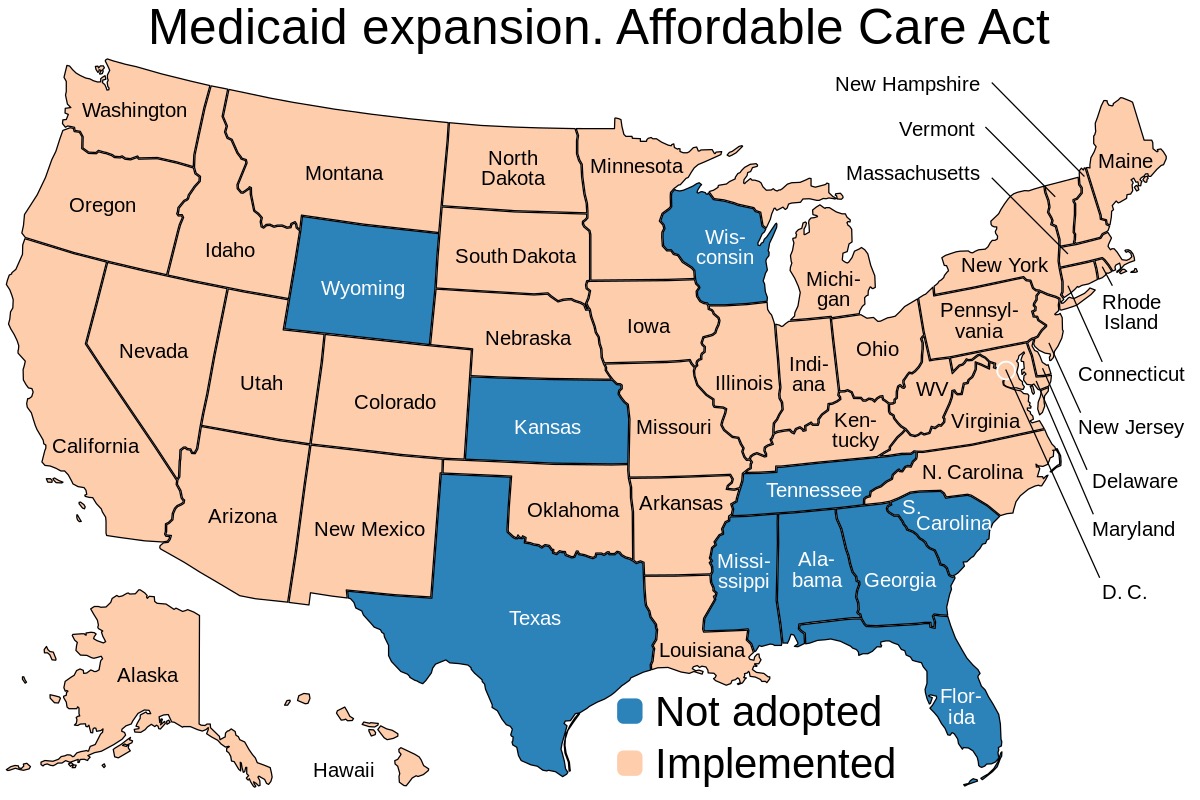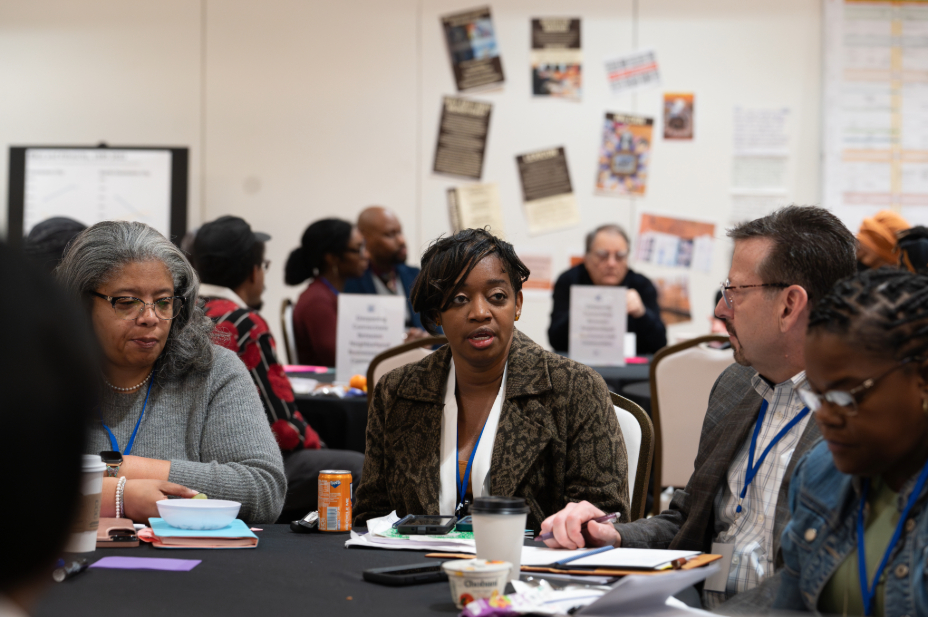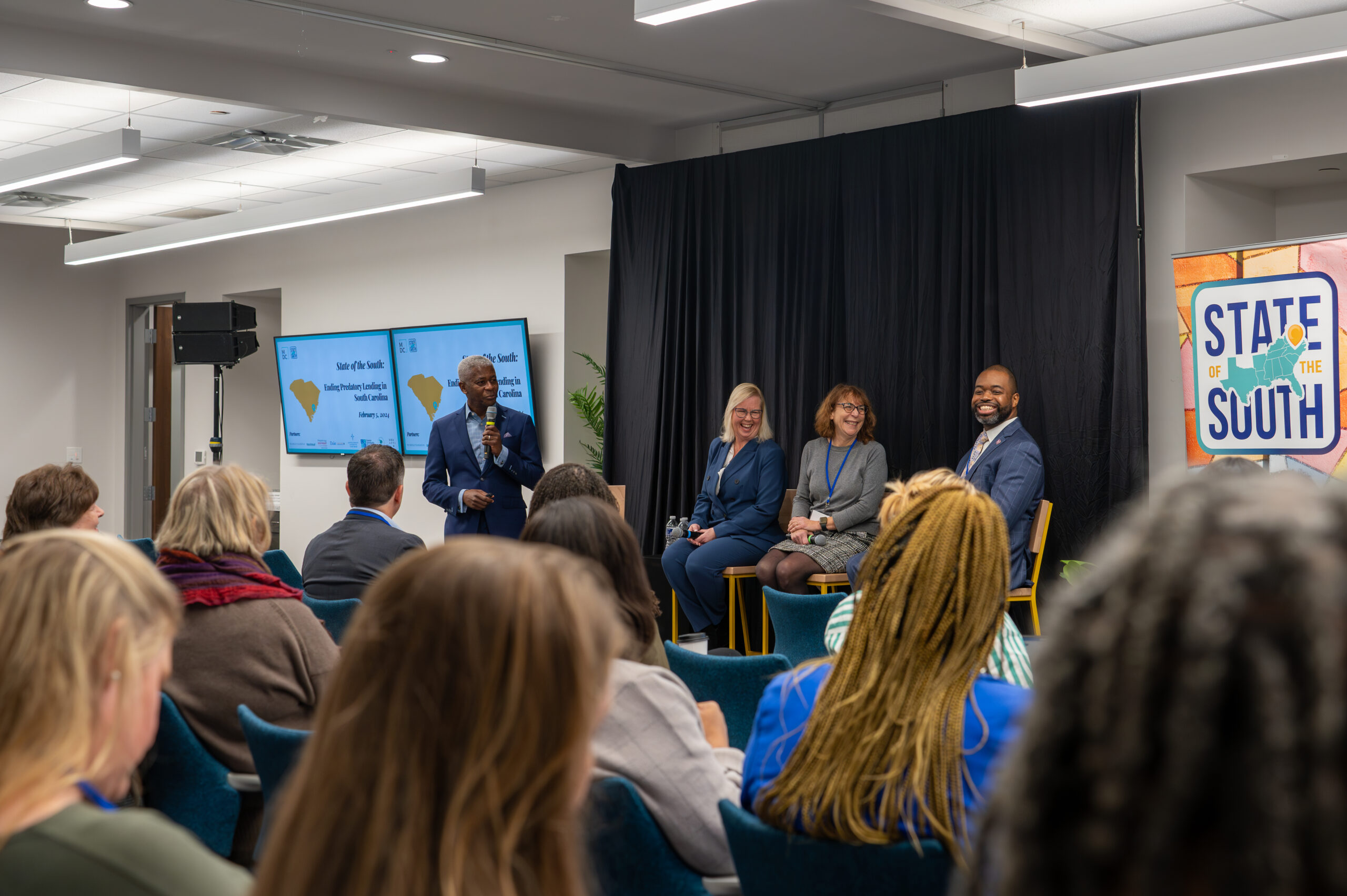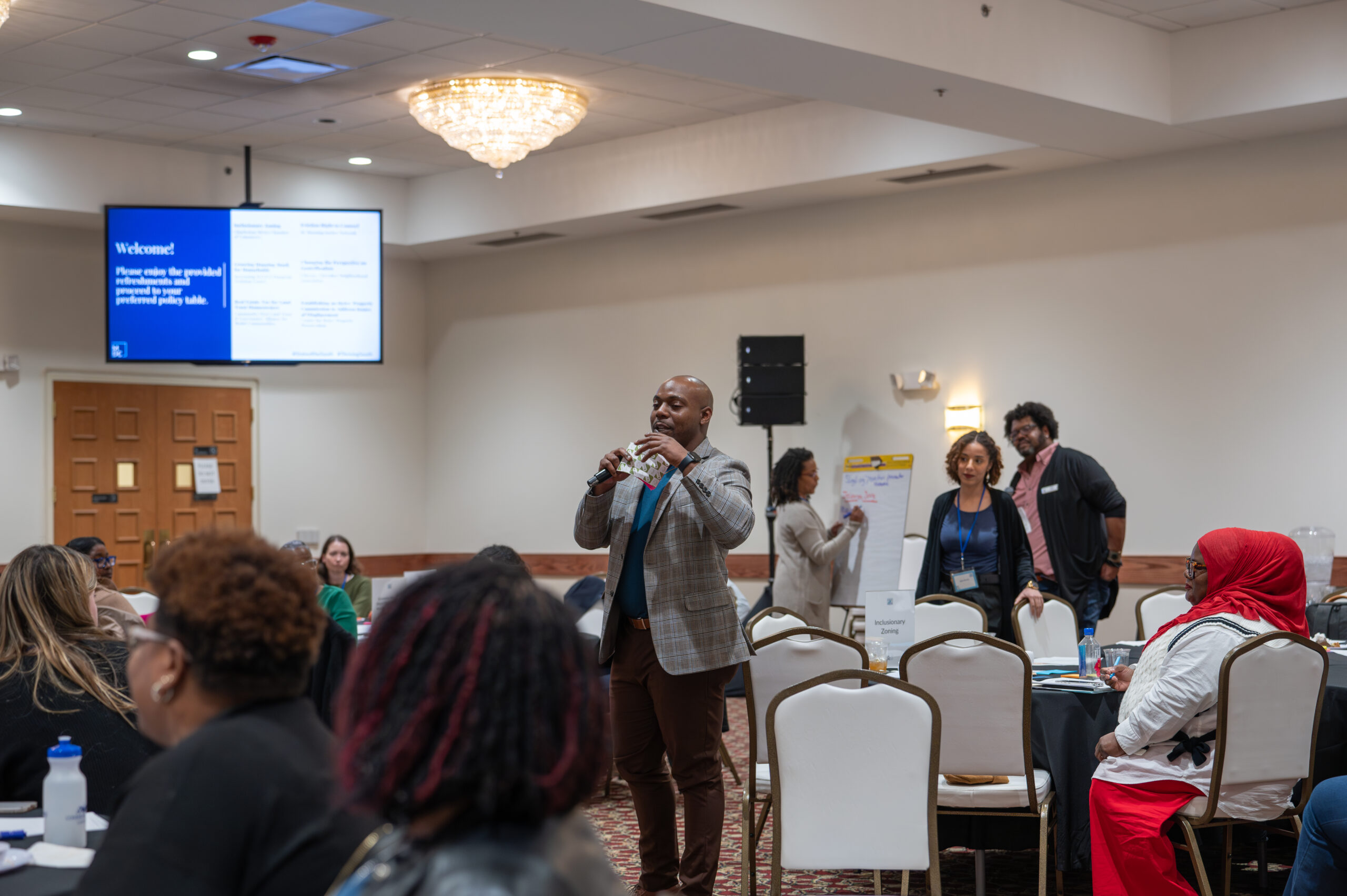State of the South 2014: Building an Infrastructure of Opportunity for the Next Generation
Dec 18, 2017

The 2014 edition of State of the South features analysis of state and regional data and calls on the region to develop and implement purposeful policies and systemic practices—an “infrastructure of opportunity”—to bolster the prospects for its 15- to 24-year-olds to achieve economic resilience as adults and a fulfilling social and civic life.
A true, community-wide infrastructure of opportunity should reflect the breadth of the community: employers, education systems, community-based organizations, policy makers, civic and neighborhood leaders, philanthropy, and young people themselves.
Read the Report
Overview
Five years after the Great Recession, the South has emerged as a region divided. The great sweep of territory from the Potomac to the Rio Grande offers stark juxtapositions of bright hopes and deep distress and discontent. The South has both powerhouse cities, growing in jobs and population, and depressed towns and neighborhoods, where people seem stuck without prospect of upward mobility.
The South has a contradictory economy, polarized politics, an anxious populace, a divided head and a conflicted heart. In much of today’s South, economic and demographic vibrancy exist side-by-side, as veritable next-door neighbors, with poverty, underemployment, educational disparities, and stagnant social mobility. The time-worn descriptions of Southern dichotomies—Old South vs. New South, affluent urban vs. poor rural—do not fully capture the complex set of challenges now facing Southern policy makers, civic and business leaders, and engaged citizens.
The report profiles nine Southern communities—Brownsville, Texas, Charlotte, N.C., Port St. Joe, Fla., Danville, Va., Greenville, S.C., Northern Neck, Va., Houston, Texas, Durham, N.C., and regions of Arkansas— and examines the status of their opportunity infrastructures. It points out innovative ideas they are trying and what they may be missing, including a focused perspective on youth economic mobility as part of their education and economic development strategies.
Data presented in the report show:
- In Forbes magazine’s rating of “Best Places for Business and Careers,’’ six Southern metros placed in the top 10: Raleigh, N.C., placed first, followed by Nashville, Tenn. (6th), Charlotte, N.C. (7th), Dallas, Texas (8th), Atlanta, Ga. (9th), and Houston, Texas (10th). In contrast, Raleigh, N.C., ranked 94th in youth mobility, and all of the others except Houston ranked in the bottom half.
- In K-12 public education, spending per pupil declined in all Southern states, except Tennessee, from fiscal years 2008 to 2014. Spending fell by as little as $60 per pupil in West Virginia and $150 in Florida to as much as $700 in Georgia and $1,200 in Alabama.
- Every Southern state except North Carolina, Tennessee, and Texas has reduced fiscal support for higher education.
- Southern states incarcerate 45 percent of all state-held inmates in the nation, and African-Americans represent more than one-third of local inmates and state prisoners. Four out of 10 prisoners are between the ages of 18 and 29.
- Young African-American Southerners have especially high unemployment rates—46 percent for 16- to 19-year-olds and 27 percent for 20- to 24-year-olds.
- Underemployment is substantially higher among workers under age 25 than among all workers in every Southern state, and is higher in seven Southern states than the national rate of 27 percent.
To address those disparities, the report says communities should consider how to:
- Foster a common strategic vision of aim and outcomes for education and training systems at the secondary and postsecondary level. They should communicate about and align their curricula, performance measures, and community relationships to devise and promote clear paths for all young people to prepare for, enter, persist in, and complete postsecondary training and credentials that prepare them for good jobs.
- Engage young people in work experiences that enhance their learning and training, preparing them to compete in the workforce. Such engagement requires committed involvement of local employers in the design and provision of work-based learning and job experiences.
This alignment is undergirded by policies that move people along the education and employment infrastructure, like an interconnected highway system. Such policies:
- Support demand-side strategies in the labor market to stimulate job creation and economic growth, not only with major employers, but also support and promotion of small business development that encourages local entrepreneurs through financing and incubators. This also includes an active role for employers in defining and developing the skills individuals need to be successful in the workforce
- Reform criminal and juvenile justice practices, including policing and probation systems, that drastically limit employment opportunities and have a disparate impact on communities of color, particularly young men
- Expand access to financial supports that help individuals and families meet basic needs, build financial stability, offer opportunities for saving and wealth creation, and prevent against predatory pay and lending practices
- Improve job quality, including family-sustaining wages, flexible work environments and stable scheduling, and quality dependent care
Aligning and maintaining an infrastructure of opportunity requires pragmatic leadership, and in some cases may require new ways of organizing partnerships and institutions to build strong pathways to progress for all young people, both those who are connected to the education and employment systems as well as those who are radically disconnected.








